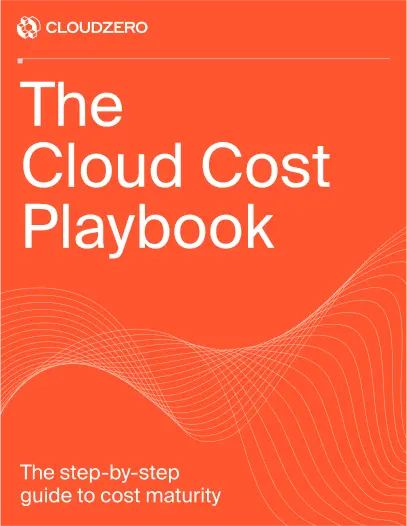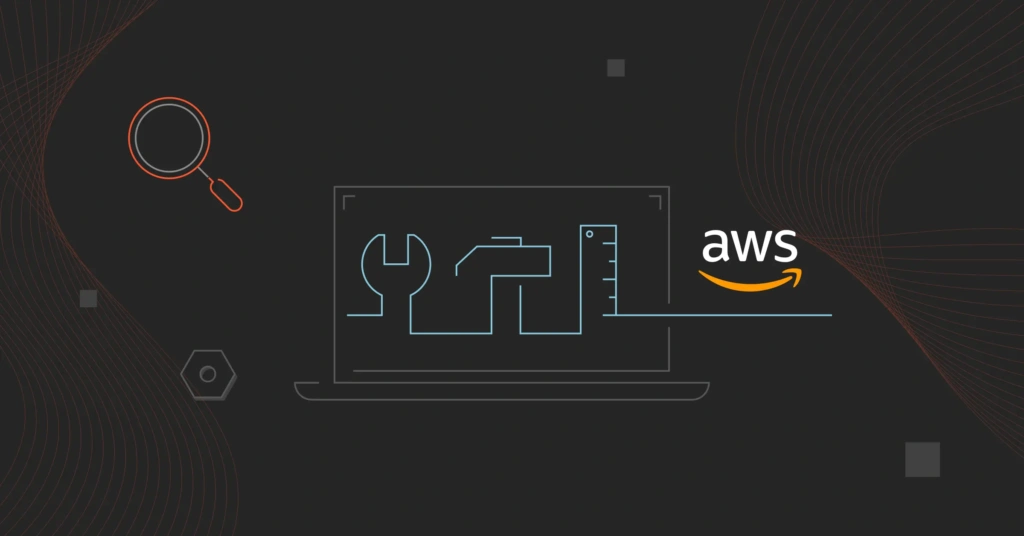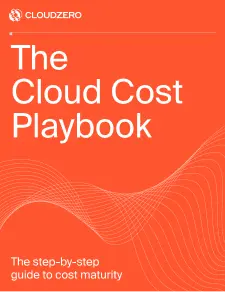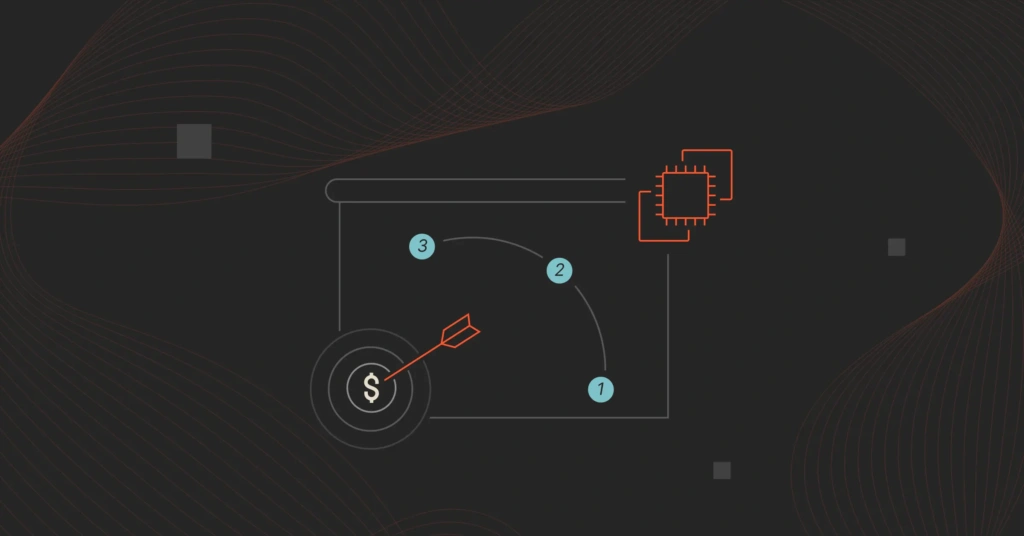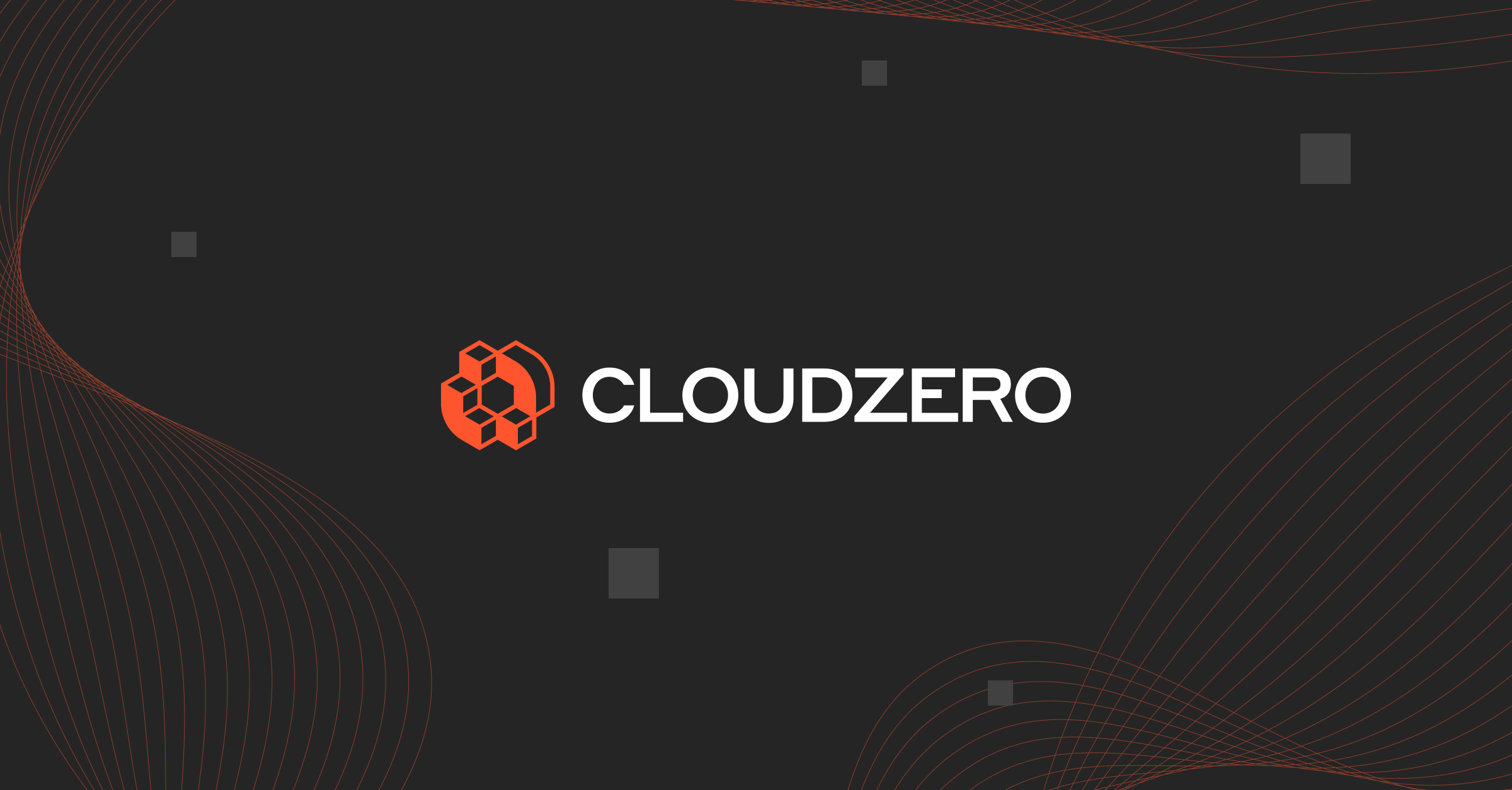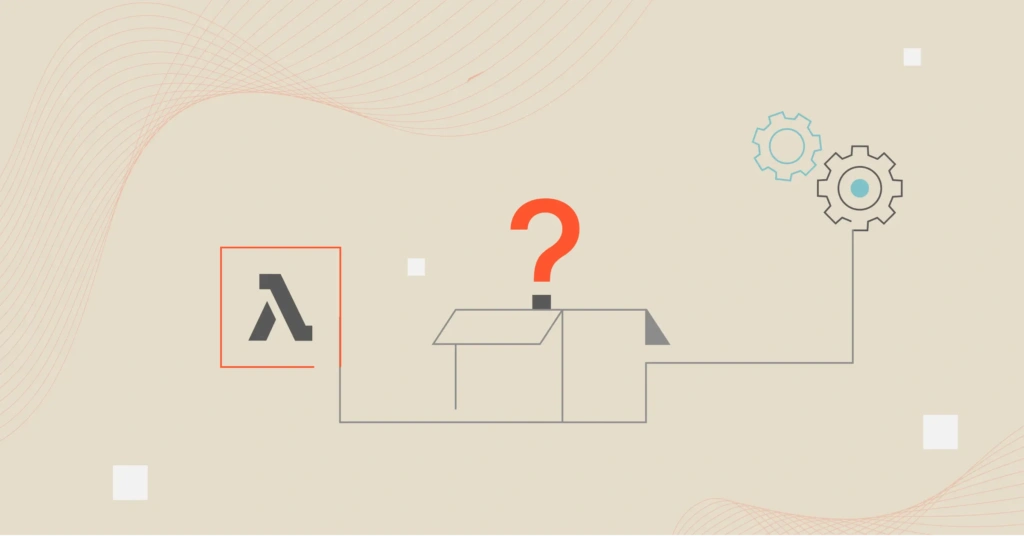While modernizing IT infrastructure, securing data, and ensuring high availability are high priorities, optimizing AWS costs and utilization has consistently been the top priority for most companies in recent years.
As a result, AWS introduced Cost and Usage Reports (CUR). AWS designed CUR to provide granular data on resource consumption and associated costs in the AWS environment.
However, in practice, many AWS users struggle to slice and dice this data, especially considering how long CUR rows and columns can get as you scale.
So, what features should you look for in AWS reporting tools?
What Makes A Good AWS Reporting Tool?
Your tool needs to be practical, accurate, and easy to use to truly monitor your cloud usage and costs.
Here’s what to look for:
- Complete AWS coverage: It should pull data from all main services — EC2, S3, RDS, Lambda, and more — so nothing slips through the cracks.
- Easy to use: The interface should be clean and simple, so any team member can find answers without needing training.
- Custom reports: You should be able to filter and slice reports by account, service, tag, project, or team — whatever matters to your business.
- Real-time data or close to it: Reports should update fast, so you’re always acting on current information, not yesterday’s numbers.
- Scales with your business: The tool should handle growing data and complexity without getting slow or clunky.
- Clear visuals: Good charts, dashboards, and breakdowns help make sense of your usage.
- Cost anomaly alerts: It should flag unusual spend, usage spikes, or other issues before they become expensive problems.
- Catches security gaps: A strong reporting tool should help spot misconfigurations and risks that could lead to breaches.
- Cost control features: Look for tools that help you track budgets, forecast spending, and identify waste that can be cut.
- Exportable data: You should be able to export reports in common formats (such as CSV or PDF) to share across teams or with leadership.
The following AWS reporting tools are specialized solutions, each with an optimal use case.
1. Best Solution For AWS Cost Reporting: CloudZero
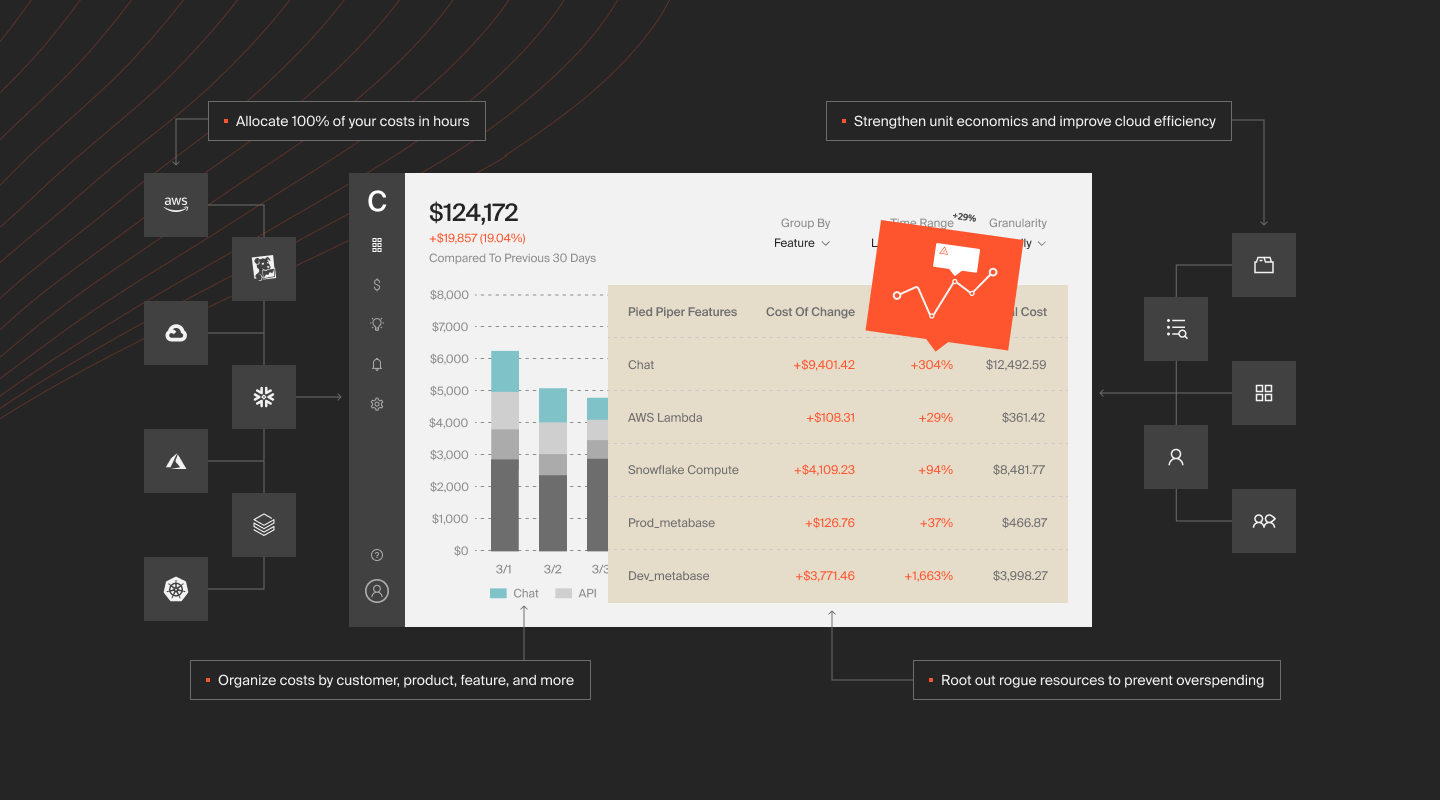
CloudZero is a complete platform for tracking, understanding, and controlling AWS resource usage and costs. Using CloudZero’s cloud cost intelligence approach, you can report granular utilization and costs according to your organization’s viewing team’s role.
For example, engineering can view cost per product feature, cost per deployment, cost per dev team, and more.
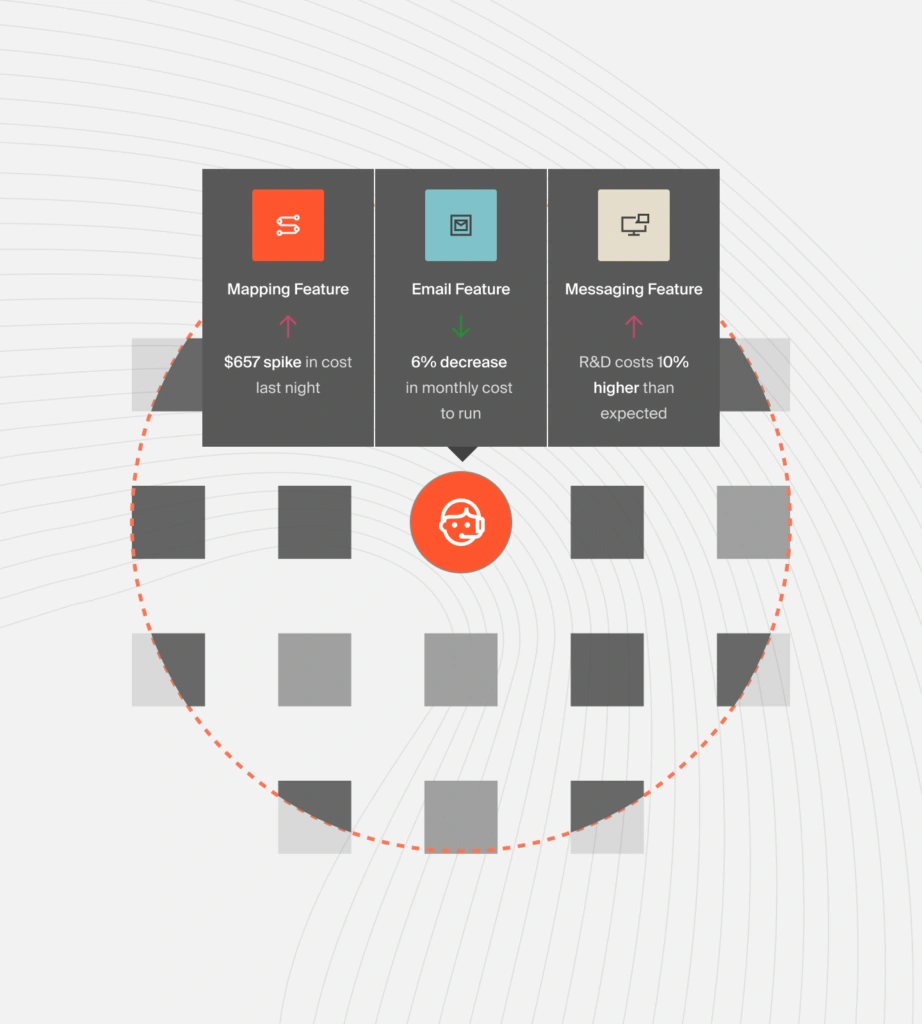
Finance teams can look at cost per customer, cost per project, etc.
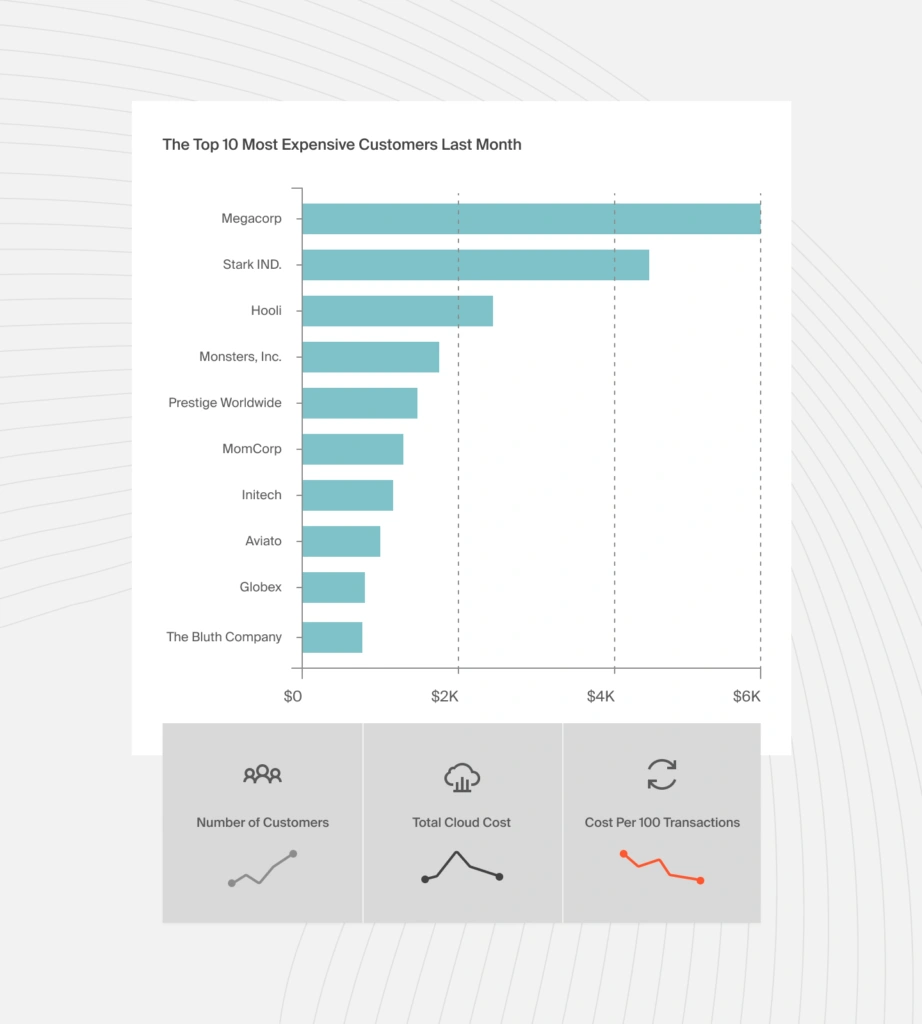
CloudZero’s easy-to-explore interface helps you understand how your consumption and costs are connected to the people, events, and products that create them.
Yet, since CloudZero collects cost data from your AWS infrastructure, including tagged and untagged resources, you can still get accurate cost insights in your business context, even if your cost allocation tags are messy.
Using this approach, you can detect, monitor, and report cost data from shared resources in multi-tenant architectures. Whether you use Kubernetes clusters, microservices, or containerized applications, CloudZero can handle them all.
Pros
- CloudZero goes beyond raw spend data, offering business context insights such as cost per customer, team, feature, or project
- Accurately tracks untagged and shared resources
- Offers Real-time alerts
- Zero manual mapping automatically links costs to your business
- Aligns finance, engineering, and execs with one clear view
- Smooth integration with your stack — Snowflake, Databricks, New Relic, and more — not just AWS
Cons
- CloudZero does not directly manage Reserved Instances (RIs) or Spot Instances. Instead, it partners with ProsperOps to automate the management of RIs and Savings Plans, and with Xosphere to optimize Spot Instance usage
To see CloudZero do this in real-time,  .
.
2. Best Native Tool For AWS Resource Usage Reporting: AWS Cost And Usage Report
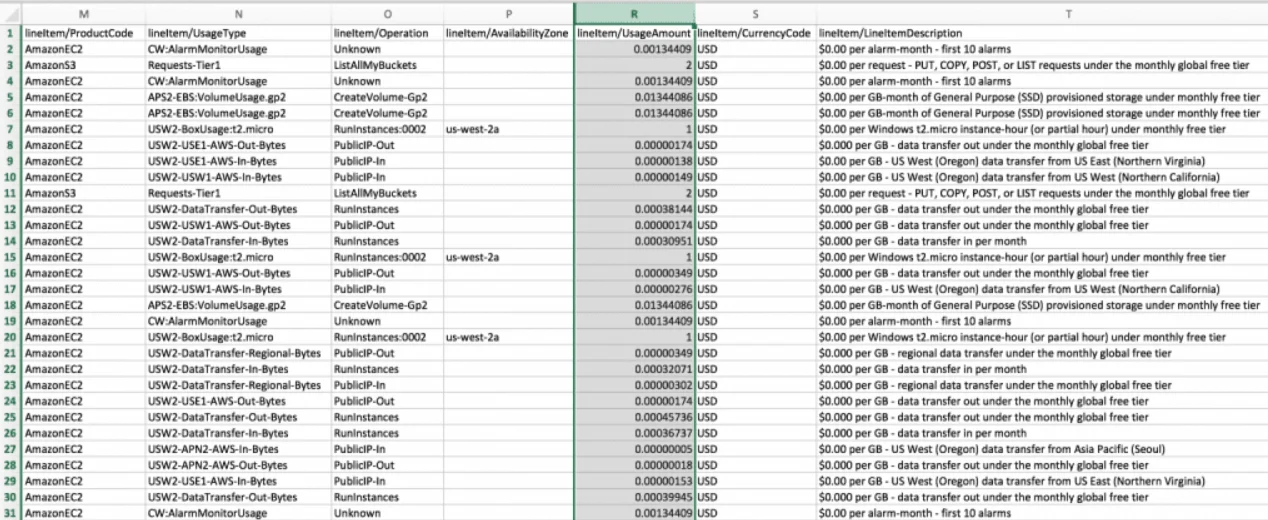
Using Cost and Usage Reports (CUR), you can determine your resource usage at the organizational and account levels based on usage types, product codes, and operations. With cost categories and cost allocation tags, you can further organize the data into categories that make the most sense to your company.
Furthermore, you can monitor your Savings Plan and Reserved Instances usage at the instance level with CUR.
However, the thousands of columns and rows in CUR might not be the best for obtaining ready cost and usage information whenever needed. You would have to move the data to other native tools like AWS Cost Explorer, CloudWatch, AWS Budgets, and Trusted Advisor for cost context.
Read more: AWS Cost Explorer Vs. Cost And Usage Report: How To Use Each
Pros
Cons
- The raw data is dense and complex to use without tools or SQL skills
- Reports are not real-time
3. Best Tool For Cloud Security And Compliance Monitoring: Orca Security
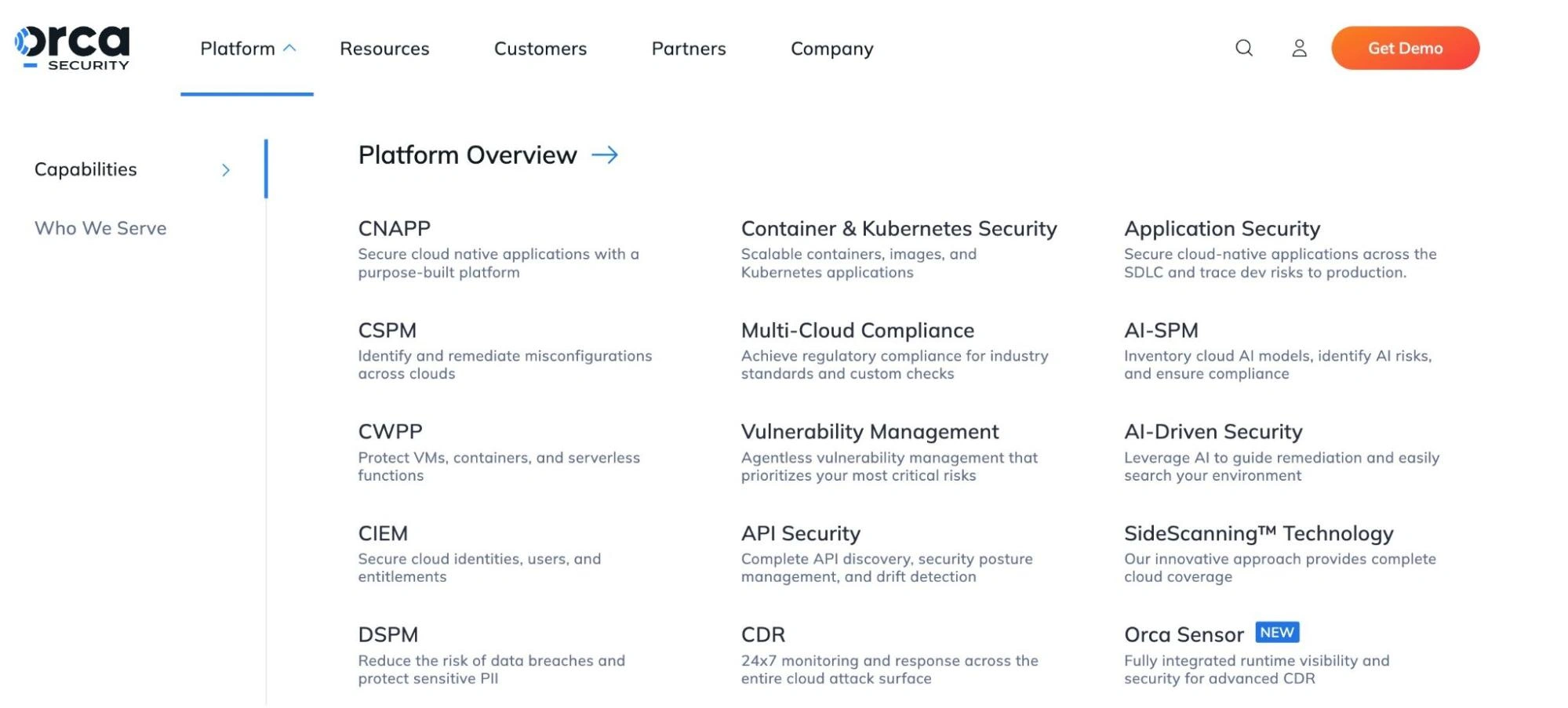
Orca Security is an agentless cloud security and compliance tool for AWS. It also works in Microsoft Azure, Kubernetes, and Google Cloud Platform, so you can use it in your hybrid cloud setup.
Orca’s SideScanning tool collects data directly from your workload’s runtime block storage (out-of-band) and cloud configuration. Then, it analyzes, monitors, and reports any misconfigurations and suspicious activity resulting from vulnerabilities or malware.
It’s also context-aware, so you only receive alerts about the most critical security or compliance concerns.
Pros
- Smooth integration without the need to install agents
- Offers in-depth insights into cloud assets and configurations
- User-friendly dashboards and customizable reports
- Accurately identifies and prioritizes security risks with minimal false positives
Cons
- The volume of alerts can be overwhelming, leading to potential desensitization
- Limited real-time scanning
4. Best Tool For Container Resource Usage And Cost Reporting: Densify

Densify is a full-fledged AWS resource allocation and utilization monitoring solution. It helps predict resource consumption to avoid costly surprises.
With its Container Optimizer tool, you can automate setting container limits and requests. You can configure the nodes according to your needs with optimized resources as you scale your Kubernetes or containerized apps.
Densify pulls data from tools like Slack, ServiceNow, Tableau, Docker, and Ansible — so you don’t have to juggle multiple AWS cost tools.
Pros
- Spots idle resources and helps rightsize them
- Matches workloads with the best-fit infrastructure
- Aggregates cloud and on-prem data in one dashboard
Cons
- The UI can lag or feel clunky
- Limited features compared to popular alternatives
5. Best AWS Reporting Tool For Full-Stack Usage And Cost Monitoring: SolarWinds
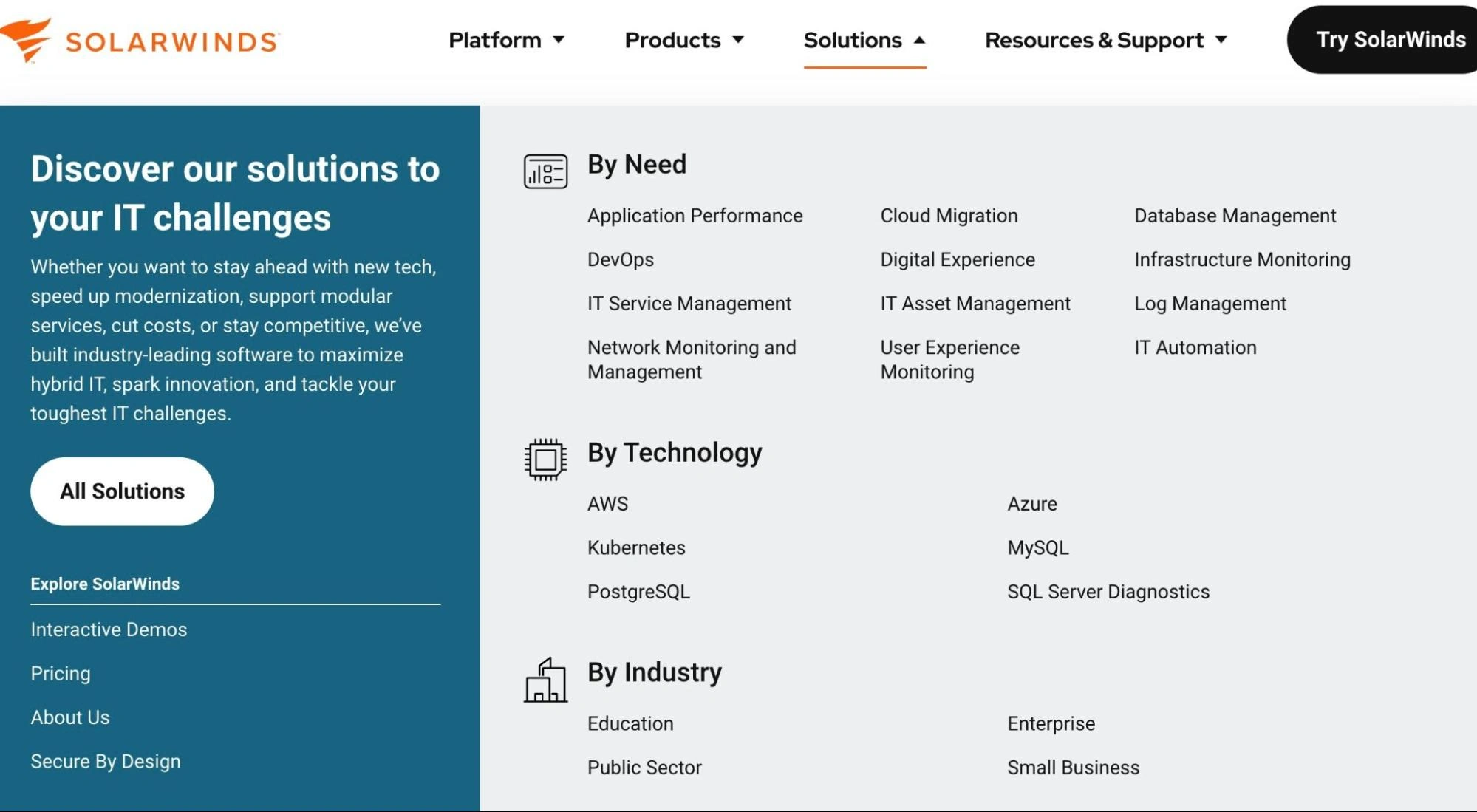
Here’s the deal. AWS configuration errors produce many unexpected cost and usage surprises. SolarWinds provides comprehensive, unified, and multi-purpose tools for monitoring your AWS resources and detecting problems before they become operational issues.
If you use a hybrid or multi-cloud strategy, SolarWinds can also detect root causes and resolve them faster across clouds. It also allows you to monitor database usage, network performance, and server utilization.
Pros
- Full-stack monitoring capabilities for AWS environments
- Notifies users of potential issues before they escalate
Cons
- Can be complex for smaller teams
Turn AWS Usage And Cost Metrics Into Business Insights You Care About
A unique feature of CloudZero is the granularity level at which you can report to individual teams, like engineering and finance.
Among the granular cost insights you can provide to your engineers are:
- Cost per product feature: Determine how much your company costs to support a specific feature. Engineers can optimize the most expensive architectural components to protect your margins.
- Cost per dev team: Understand what each team spends and why. Then, optimize its workflow to be more cost-efficient.
- Cost per deployment: Measure the cost of launching a particular feature. Then, monitor how that affects your total costs over time.
- Cost per project: Track the cost of each engineering project from beginning to end. Providing finance and management with this information can help them forecast costs, allocate resources, and price services profitably.
CloudZero’s cost insights for finance include:
- Cost per customer: Determine how much money you spend to support each customer so you can charge them at a profit.
- Cost per tenant: Determine the cost of supporting a specific tenant in a multi-tenant environment with shared resources.
- Usage and cost per product feature: Determine which features your customers use the most and which are the most expensive. Then, decide whether it’s better to move the feature to a higher pricing tier to protect your margins rather than decommission it.
- Cost per project: Understand the cost of a project so you can provide accurate prices to prospects with similar needs.
CloudZero’s resourcefulness is not limited to engineering and finance. Cloud cost intelligence can also help C-suite executives visualize, monitor, and understand the cost of goods sold (COGS).
This can help teams answer questions like:
- How much would our costs change if we added 10 more customers tomorrow?
- Do we benefit from economies of scale?
- What trade-offs do we need to make to improve our costs per unit value?
- What are our utilization costs per feature per customer?
- How can we optimize individual product features to improve our gross margins?
- What are our most valuable customer segments so we can target them more effectively?
- Is healthy growth increasing our AWS bill, or are we simply overspending?
You can also track your AWS usage and related costs with CloudZero Budgets.
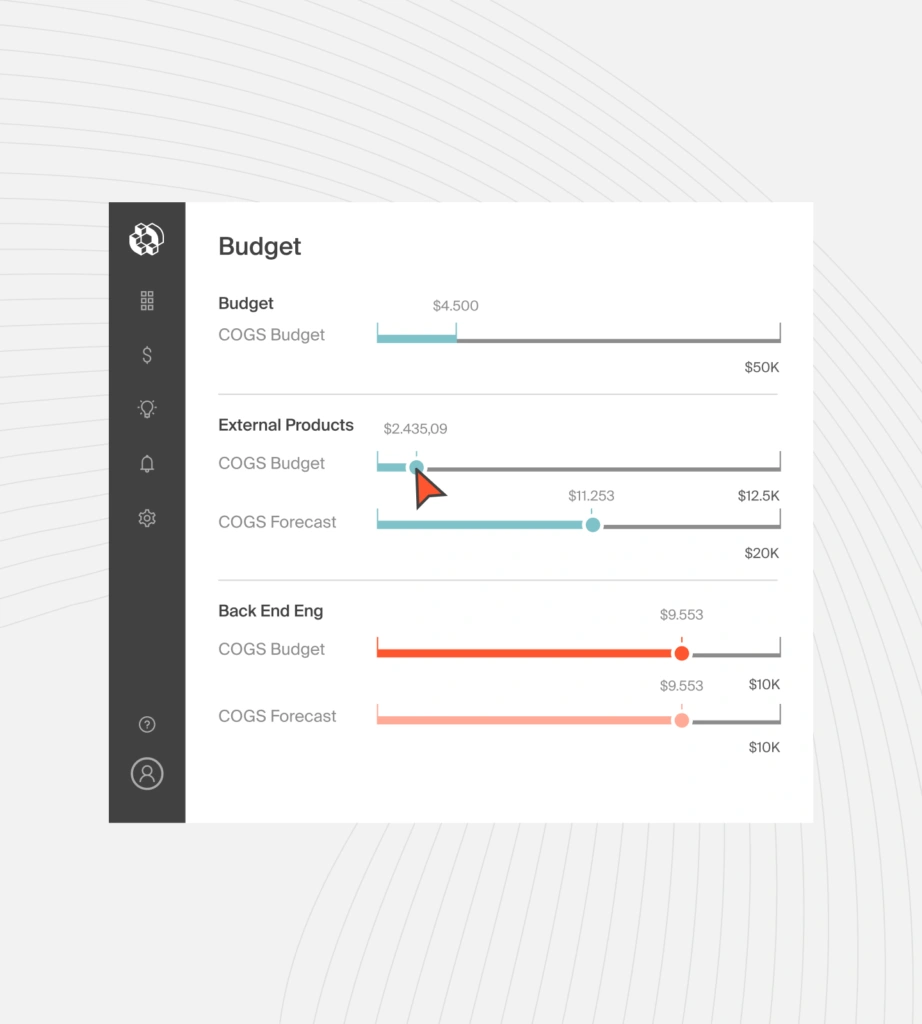
Whenever you are about to reach or exceed your budget, you’ll receive Slack or email alerts. Your team can then determine why your AWS costs are changing and what factors are causing the changes.
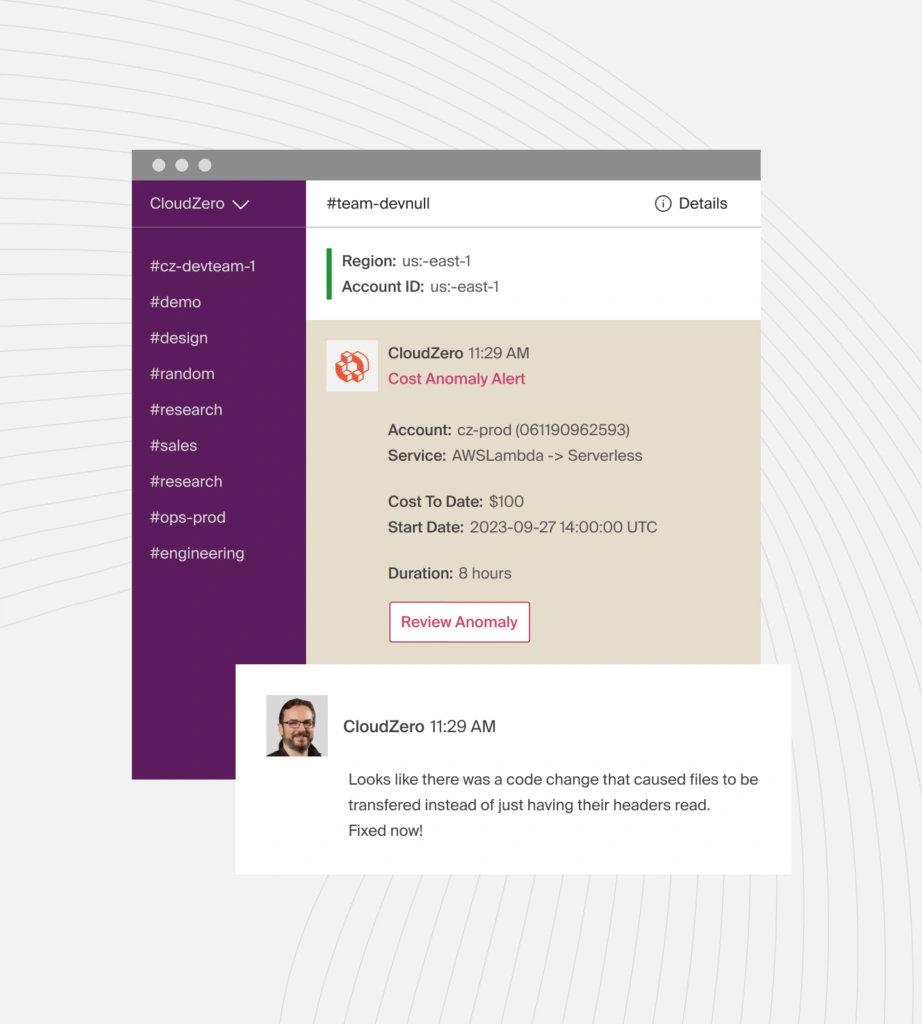
From there, you can take action to avoid going over budget or raise your budget limit if you expect a higher ROI.
 to discover how CloudZero can help you visualize, understand, and control your AWS costs and usage.
to discover how CloudZero can help you visualize, understand, and control your AWS costs and usage.
